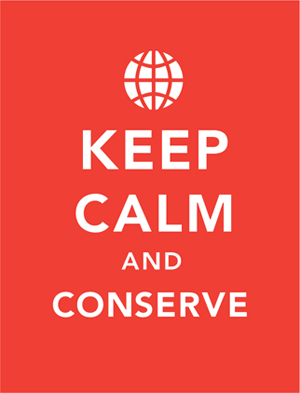This one was just plain fun!
 We needed a celebrity to spearhead an electricity conservation campaign, and a friend introduced me to Colin Mochrie, Canada’s improv genius and a wonderful, giving person who was able to run with just about every idea we threw at him.
We needed a celebrity to spearhead an electricity conservation campaign, and a friend introduced me to Colin Mochrie, Canada’s improv genius and a wonderful, giving person who was able to run with just about every idea we threw at him.
We called our campaign “Lighten Up”. The idea was to make conservation fun, and to get people to start saving energy by turning down the A/C, switching to compact fluorescent lightbulbs, or taking a pledge to use less.
I wrote a number of 30 second radio clips, and we headed into the studio. Here are some samples:
New Year’s Pledge
Save the Arctic
Save the Bulbs
Move to Australia
 The Beer Store chipped in with a version of the poster for their 450 retail stores, and a takeaway booklet at the counter.
The Beer Store chipped in with a version of the poster for their 450 retail stores, and a takeaway booklet at the counter.
Like the Doors Closed campaign, Lighten Up was designed to be adaptable for use by municipalities and local groups. A website was also developed, where people could track their pledges.
The campaign ran at a time when there were numerous other conservation advertising campaigns and several other pledge websites. In the end, it did not gain the traction we were looking for, but it did raise the organization’s profile and help promote the conservation cause. And, yes, it was fun.















